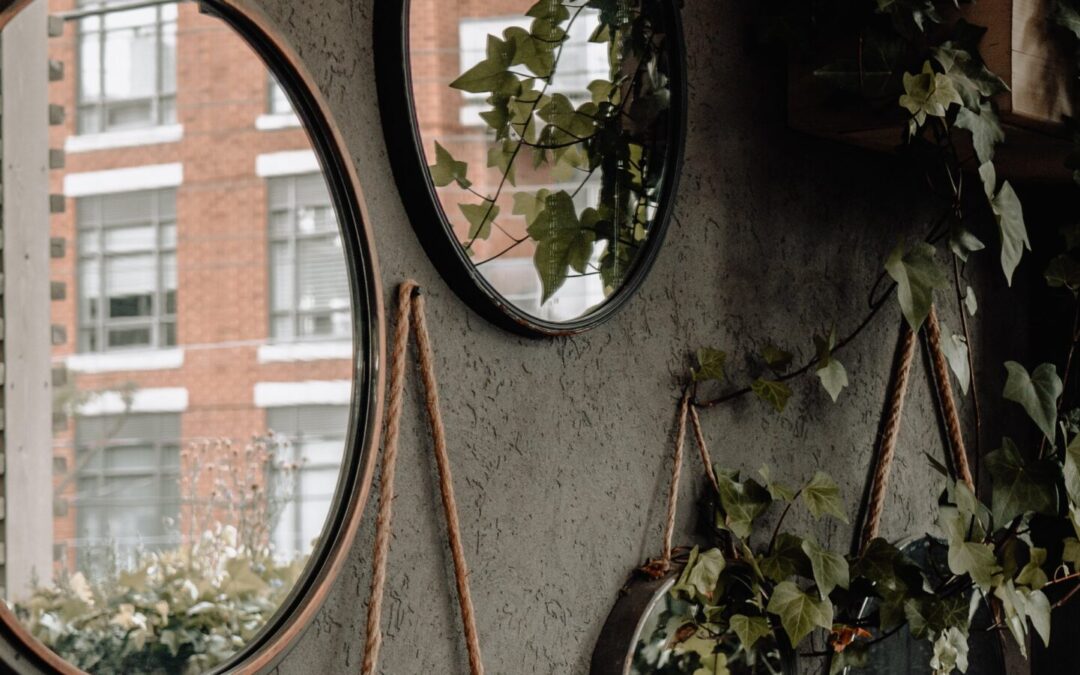Feng Shui, an ancient Chinese practice, focuses on harmonizing individuals with their surrounding environment to promote positive energy flow, balance, and well-being. When applied to interior design, Feng Shui principles can transform spaces into peaceful, inviting sanctuaries. Here’s the ultimate guide to Feng Shui in interior design:
- **Clear Clutter**: Clutter represents stagnant energy and inhibits the flow of chi (life force). Start by decluttering your space, removing items you no longer need or love. Keep pathways clear to allow energy to circulate freely.
- **Balance Yin and Yang**: Yin (passive) and Yang (active) energies should be balanced within a room. Achieve balance by incorporating both light and dark elements, soft and hard textures, and smooth and rough surfaces.
- **Arrange Furniture Thoughtfully**: Arrange furniture to promote the flow of energy throughout the space. Avoid placing furniture directly in line with doors or pathways, as this can disrupt the flow of chi. Position sofas and chairs to encourage face-to-face conversation and connection.
- **Utilize the Bagua Map**: The Bagua Map is a Feng Shui tool used to analyze energy flow in a space and determine the areas of life it influences. Overlay the Bagua Map onto your floor plan to identify which areas correspond to different aspects of life, such as wealth, health, and relationships. Enhance each area according to its corresponding element and color.
- **Integrate Nature**: Nature plays a vital role in Feng Shui, connecting occupants with the natural world. Incorporate elements of nature, such as indoor plants, natural materials like wood and stone, and natural light, to bring vitality and balance to your space.
- **Enhance the Flow of Chi**: Ensure that chi can flow freely throughout your space by removing obstacles and incorporating elements that promote movement, such as wind chimes, water features, and mirrors strategically placed to reflect light and energy.
- **Choose Calming Colors**: Colors have a profound impact on mood and energy levels. Opt for calming, balanced colors like soft blues, greens, and neutrals to promote relaxation and harmony. Avoid overly stimulating or chaotic color schemes.
- **Create a Sanctuary in the Bedroom**: The bedroom is a sanctuary for rest and rejuvenation. Position the bed diagonally from the door for optimal chi flow and stability. Use high-quality bedding and soft lighting to create a tranquil atmosphere conducive to sleep.
- **Illuminate with Intention**: Lighting influences the energy of a space. Incorporate a mix of natural and artificial lighting to create balance and warmth. Use soft, diffused lighting for relaxation areas and brighter lighting for active spaces.
- **Personalize Mindfully**: Personal belongings hold energy and should be chosen mindfully. Surround yourself with items that uplift and inspire you, avoiding anything that brings negative associations or clutter.
By applying these Feng Shui principles to your interior design, you can create a harmonious, balanced space that supports your well-being and enhances the flow of positive energy throughout your home.


Recent Comments